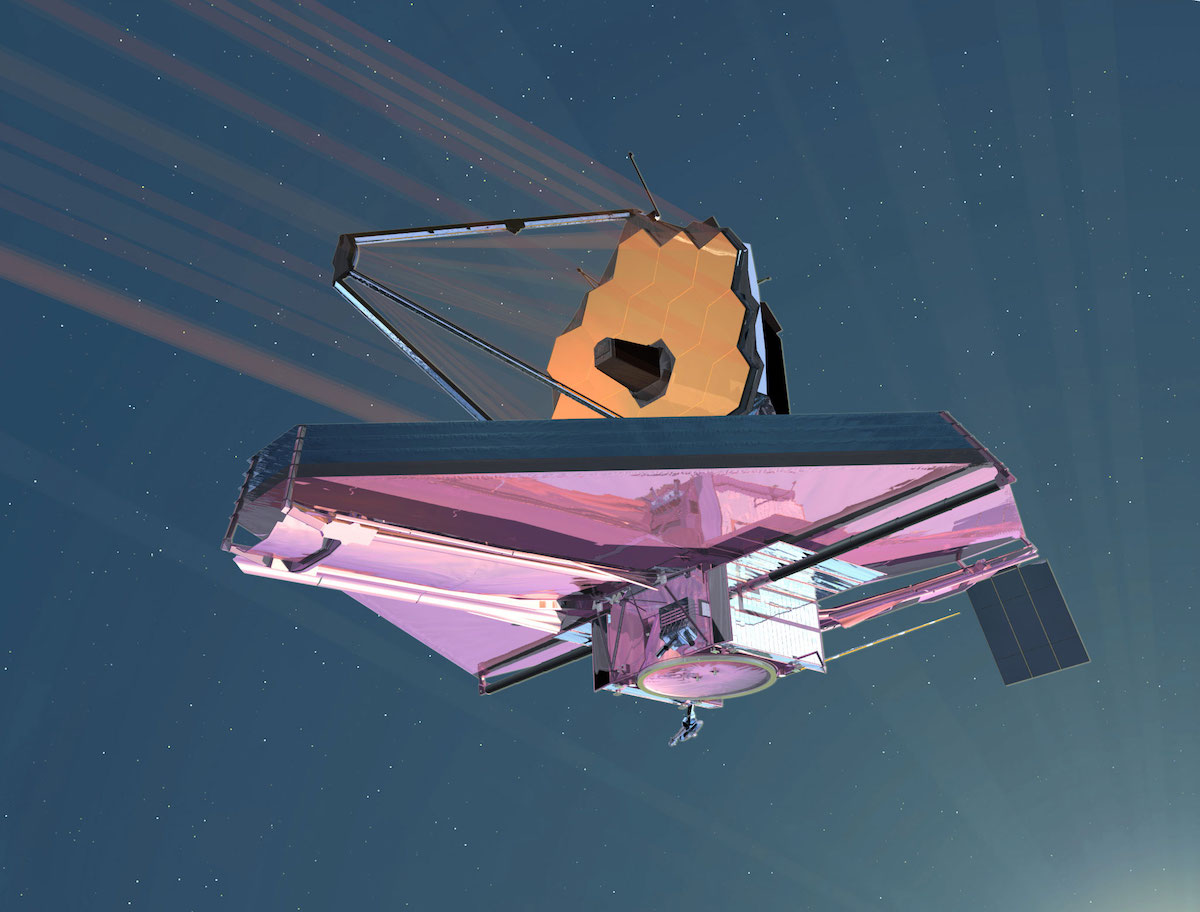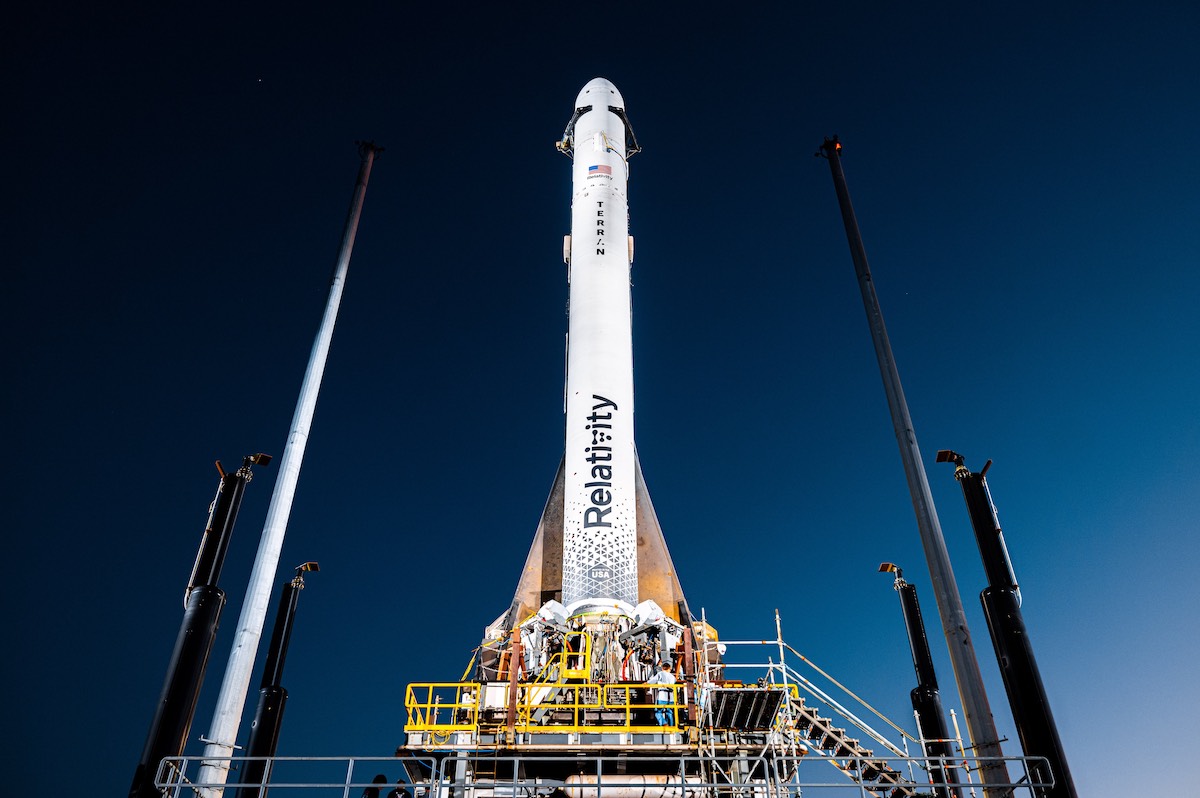The luminous, hot star Wolf-Rayet 124 (WR 124) is prominent at the center of the James Webb Space Telescope’s composite image combining near-infrared and mid-infrared wavelengths of light from Webb’s Near-Infrared Camera and Mid-Infrared Instrument. Credits: NASA, ESA, CSA, STScI, Webb ERO Production Team
A new image from the James Webb Space Telescope shows a rare glimpse of a massive star 15,000 light-years away shedding a halo of gas and dust, seeding the cosmos with elements necessary for forming other stars, planets, and the building blocks of life.
The colorful vista captured by the Webb telescope combines observations from the observatory’s instruments sensitive to different wavelengths of light in the near-infrared and mid-infrared portion of the spectrum. It shows a Wolf-Rayet star, a class of extremely hot, luminous stars that eject gargantuan amounts of gas and dust from their outer layers before ending their lives in a supernova explosion.
Webb’s view of a star known as WR 124, located in the constellation Sagitta, shows a cloud of gas cooling as it streams away into interstellar space, the void between the stars. Webb’s infrared instruments are able to detect the thermal emissions from the gas and dust, material that is difficult to see with observatories seeing visible light.
The glowing cloud of gas and dust surrounding WR 124 spans 10 light-years across.
“A history of the star’s past episodes of mass can be read in the nebula’s structure,” officials from the Space Telescope Science Institute, which operates Webb, wrote in a press release. “Rather than smooth shells, the nebula is formed from random, asymmetric ejections. Bright clumps of gas and dust appear like tadpoles swimming toward the star, with tails streaming out behind them, blown back by the stellar wind. ”








